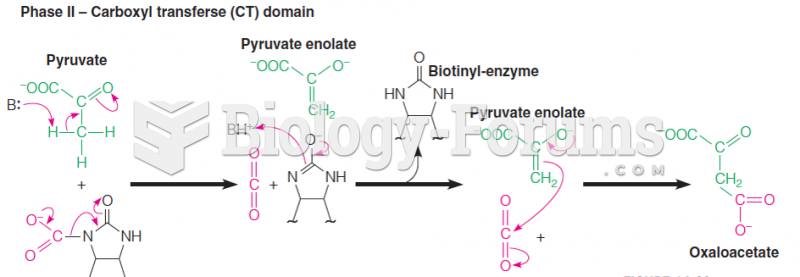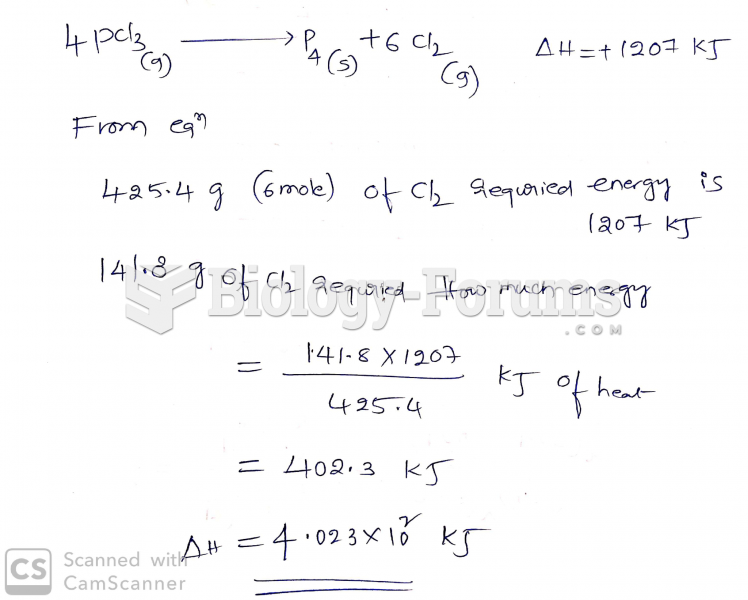Answer to Question 1
1. Single rate = 10.93 per test-hour (TH)
Hourly billing rate for HTT and ACT = 10.93 1.30 = 14.21
2. Labor and supervision = = 3.90 per test-hour
Setup and facility costs = = 502.60 per setup-hour
Utilities = = 36.30 per machine-hour (MH)
3.
HTT ACT Total
Labor and supervision
(3.90 78,400; 33,600 test-hours)1 305,760 131,040 436,800
Setup and facility cost
(502.60 140; 560 setup-hours)2 70,364 281,456 351,820
Utilities
(36.306,000; 6,000 machine-hours)3 217,800
217,800
435,600
Total cost 593,924 630,296 1,224,220
Number of testing hours (TH) 78,400 TH 33,600 TH
Cost per testing hour 7.58 per TH 18.76 per TH
Mark-up 1.30 1.30
Billing rate per testing hour 9.85 per TH 24.39 per TH
1112,000 test-hours 70 = 78,400 test-hours; 112,000 test-hours 30 = 33,600 test-hours
2700 setup-hours 20 = 140 setup-hours; 700 setup-hours 80 = 560 setup-hours
312,000 machine-hours 50 = 6,000 machine-hours; 12,000 machine-hours 50
= 6,000 machine-hours
The billing rates based on the activity-based cost structure make more sense. These billing rates reflect the ways the testing procedures consume the firm's resources.
4. To stay competitive, Quick Test needs to be more efficient in arctic testing. Roughly 45 of arctic testing's total cost occurs in setups and facility costs. Perhaps the setup activity can be redesigned to achieve cost savings. Quick Test should also look for savings in the labor and supervision cost per test-hour and the total number of test-hours used in arctic testing, as well as the utility cost per machine-hour and the total number of machine hours used in arctic testing. This may require redesigning the test, redesigning processes, and achieving efficiency and productivity improvements.
Answer to Question 2
The method for correcting errors depends on how and when the error was made. You can use the manual ruling method to correct errors before or after an entry has been posted. You should use the correcting entry method when amounts have been posted to the incorrect account.







